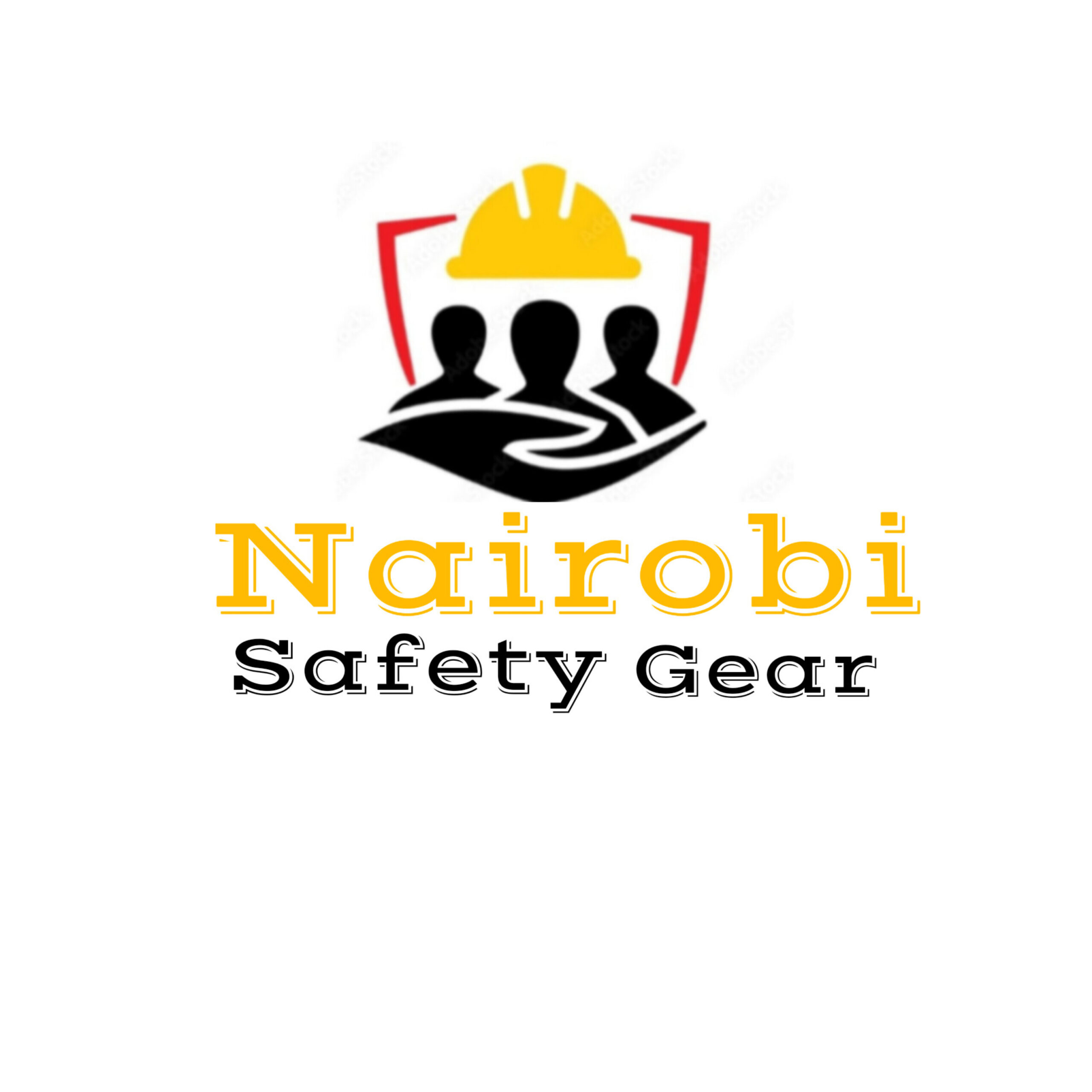Introduction:
In today’s fast-paced world, workplace safety is a top priority for businesses worldwide. In high-risk industries such as construction, manufacturing, and logistics, ensuring the well-being of employees is crucial. One indispensable safety tool that plays a pivotal role in safeguarding workers is the safety harness. This article will delve into the significance of safety harnesses, their features, and the benefits they offer in promoting a secure working environment.
1. Understanding Safety Harnesses:
A safety harness is a vital piece of personal protective equipment (PPE) designed to protect workers from falls and reduce the risk of severe injuries. Comprising straps, buckles, and attachment points, safety harnesses are engineered to distribute forces evenly across the body, minimizing the impact of a fall and preventing workers from striking objects below.
2. Key Features and Components:
Safety harnesses consist of several essential features that contribute to their effectiveness. These include:
a. Webbing Material: Quality safety harnesses are typically constructed from durable, high-strength webbing material such as nylon or polyester, ensuring longevity and reliability in demanding work conditions.
b. Straps and Buckles: Adjustable straps and buckles allow for a secure and comfortable fit, accommodating various body sizes and shapes.
c. D-Rings and Anchorage Points: Safety harnesses are equipped with strategically placed D-rings and anchorage points to facilitate the connection of lanyards or lifelines, enabling workers to stay connected to a reliable anchor point at all times.
3. Benefits of Safety Harnesses:
Implementing safety harnesses within a workplace environment offers several advantages, including:
a. Fall Protection: By providing a secure connection between workers and a sturdy anchor point, safety harnesses effectively prevent falls from elevated surfaces, reducing the risk of severe injuries or fatalities.
b. Enhanced Confidence and Productivity: When employees feel secure and protected, their confidence levels increase, leading to improved productivity and job satisfaction.
c. Legal Compliance: Adhering to safety regulations and standards is a legal requirement for businesses. Utilizing safety harnesses demonstrates a commitment to employee well-being and ensures compliance with relevant safety guidelines.
d. Reputation and Client Trust: Companies that prioritize worker safety through the use of safety harnesses foster a positive reputation among clients, stakeholders, and potential business partners, enhancing trust and credibility.
4. Proper Usage and Maintenance:
To maximize the effectiveness of safety harnesses, proper usage and regular maintenance are crucial. Companies should implement thorough training programs to educate workers on correct harness fitting, inspection procedures, and safe practices while working at heights. Routine inspections and maintenance checks should be conducted to identify and replace worn-out or damaged harnesses.
Conclusion:
Safety harnesses are a vital tool in ensuring worker safety and mitigating the risks associated with working at heights. By investing in high-quality harnesses, businesses in Kenya can prioritize employee well-being, comply with safety regulations, and create a secure work environment. Remember, utilizing safety harnesses is not just a legal obligation but a moral responsibility to protect those who contribute to the success of your organization. Safeguard your workforce, boost productivity, and foster a culture of safety through the implementation of reliable safety harnesses.

